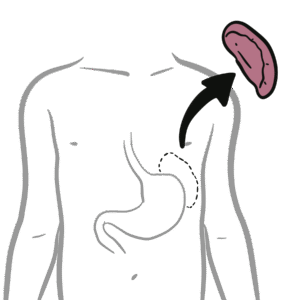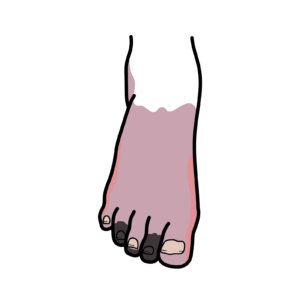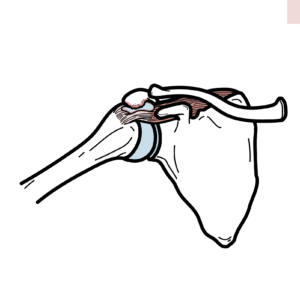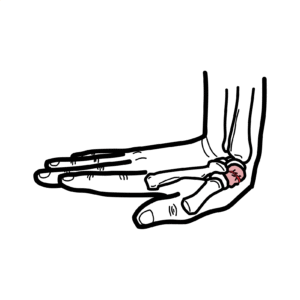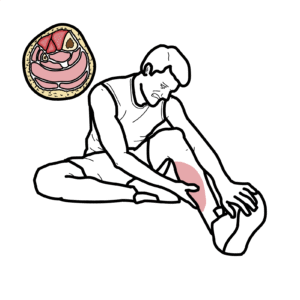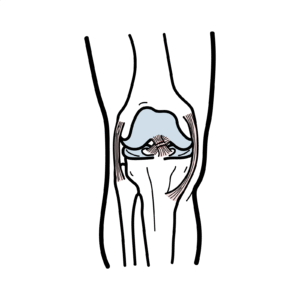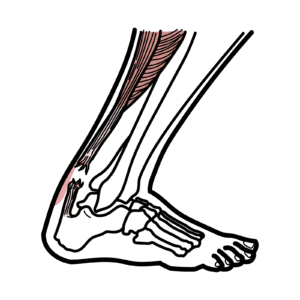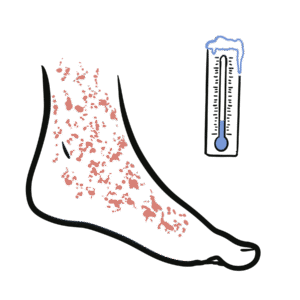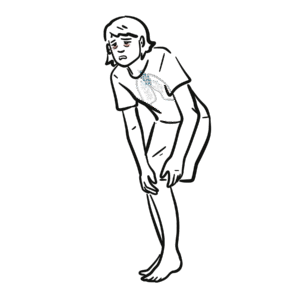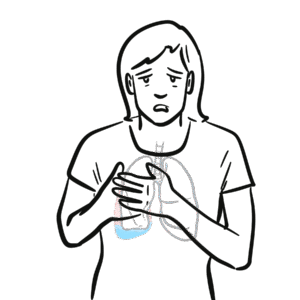Influenza overview
Learn how influenza spreads, mutates, and — most importantly — how vaccination and early treatment protect you from severe disease. This video explains influenza types (A, B, C, D), antigenic drift vs. antigenic shift, transmission pathways, symptoms, diagnosis, complications, and prevention in clear, practical terms.
You’ll learn how seasonal flu viruses differ, why type A drives pandemics, and how hemagglutinin and neuraminidase changes let the virus evade immunity. The episode breaks down antigenic drift (slow mutations causing new strains) and antigenic shift (sudden reassortment that can spark global outbreaks), helping viewers understand why annual vaccines are updated and why some years pose greater risk.
Watch for concise guidance on transmission (droplet spread via coughs, sneezes, talking), at-risk groups (young children, older adults, pregnant people, and those with chronic disease), and the pathophysiology that produces sudden fever, cough, body aches, and fatigue. The video reviews diagnostic tools from rapid tests to RT-PCR and viral culture, plus when antiviral treatment is most effective — ideally within 48 hours of symptom onset — and why prompt care matters for high-risk patients.
Practical prevention tips emphasize the annual flu vaccine as the cornerstone of protection and highlight common complications like secondary bacterial pneumonia and exacerbation of chronic respiratory conditions. Informative, accessible, and actionable, this video arms you with the knowledge to recognize flu, reduce transmission, and take timely steps for treatment and prevention. Watch now to stay informed and protect yourself and your community.




